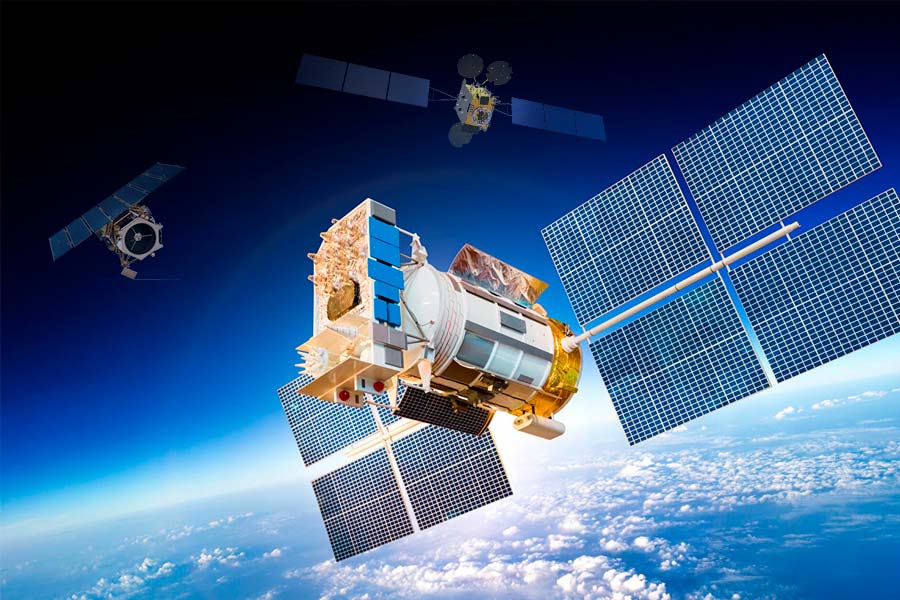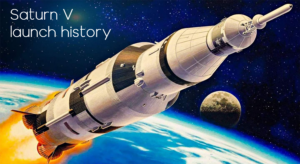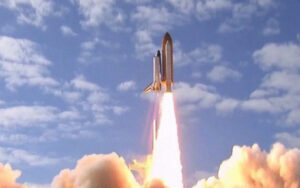TOP EO satellite launchers in the world: companies helping to monitor the planet
23rd Dec 2021
Earth Observation is an essential satellite technology that continuously monitors the state of our planet, and satellite launcher companies play their part in delivering those guardians to our orbits. In other words, thanks to Earth Observation satellites, we are learning to understand the Earth better and use this knowledge in a wide variety of areas — from environmental safety (for example, fighting climate change) to geology and agriculture.
In 2021, Earth Observation Satellites continue to rank second with 25% of the market after communications satellites (60%). Today, about 1000 spacecraft are watching the Earth, and their number continues to grow, thanks to companies providing launch services. After all, one needs a carrier to deliver a satellite to orbit. We’ll discuss the world’s leading EO satellite launchers.
EO satellite launcher requirements
Not every launch vehicle can place one or another EOS into orbit. There are two restricting factors:
- Satellite weight
- Type of orbit
Many Earth Observation Satellites are classified as smallsats and CubeSats (up to 500 kg). To place such spacecraft into orbit, an ultralight or a light-class rocket is the best. However, some satellites can reach five (for example, GOES S) and even nine tons (Envisat 1). Therefore, they require heavier rockets.
The situation is similar with orbits. EOS are placed in LEO (SSO, Polar) and GEO (GTO). LEO satellites rotate at altitudes ranging from 300 to 1400 km. Since they pass both polar regions with an inclination of 90° (the angle between the orbital and equatorial planes), their orbits are called polar. The term “sun-synchronous” means that the section that the satellite is observing is always equally illuminated by the Sun. EOS placed in LEO have small bandwidth but high resolution. The reason is simple. The closer the satellite is to the Earth, the better it “sees.” The minimum size of an object can be up to 25 cm. Geostationary satellites are located at an altitude of 36,000 km, which is why they have a very wide coverage but low resolution. The smallest object they can distinguish is one square kilometer.
Similar to payload mass limitation, not all EO satellite launchers can technically deliver payloads to SSO or Polar, and only a few can reach GEO.
With this in mind, we’re listing TOP satellite launchers based on the number of successful flights and the technical ability to launch heavy EOS into high orbits.
TOP 8 World EO Satellite Launchers
1. ULA Delta, USA
Delta II, manufactured by United Launch Alliance, is the undeniable leader when it comes to top satellite launchers. This rocket deployed such satellites as GeoEye, WorldView, RadarSat, NOAA, along with most NASA EOS satellites. The rocket has been in use for 29 years, completing over a hundred successful missions. As of now, Delta has been launched 155 times.
2. Space X Falcon 9, USA
Elon Musk founded his aerospace company almost 20 years ago and managed to become an undisputed leader in the number of launches. Today, the Falcon 9 heavy rocket has already completed over 120 launches, continuing to launch 3-5 times a month. Falcon can deliver up to 23 tons of payload to LEO and 8 tons to GTO, which makes it one of the top satellite launchers. Even though Falcon 9 mostly launches communication satellites, in particular, Space X Starlink, it also deployed many EO satellites — Jason 3, Formosat 5, PAZ, Saocom 1A, RADARSat, Capella, SuperDove.
3. Chang Zheng, (Long March), China
The Chinese rocket series is rightfully assigned 3rd place, as it launched 14 Gaofen national program satellites, as well as all Nigerian (3), Venezuelan (2), and Brazilian satellites (4) of the CBERS series.
4. H-IIA, Mitsubishi, Japan
The rocket manufactured by the famous Japanese concern Mitsubishi deployed 9 Japanese EO satellites of the Himawari series and eight satellites of JAXA — the Japanese Space Agency. It carried out 43 launches in 29 years, and 42 of those missions were successful. Japanese quality earns the H-IIA an honorable 4th place in our satellite launcher rating.
5. Arianespace Vega, Europe
The light rocket of the French company Arianespace Vega has been launched by the European Space Agency since 2012. During this time, 18 missions were conducted, 15 of which brought EOS to SSO. The most notable ones are Sentinel (for the ESA Copernicus program) and Lemur-2 by Spire Global. With a payload capacity of up to 2 tons, Vega mostly deals with EO smallsats or rideshare missions to Polar orbit up to 700 km and SSO up to 400.
6. ISRO PSLV, India
Indian PSLV rocket series has five that can launch payloads weighing from 1200 to 3250 kg to LEO, SSO, and GTO. The rocket has been in use since 1993 and has made almost 50 launches, most of which are successful. Notably, it delivered almost all Indian EOS — all 15 types of them.
7. ULA Atlas 5, USA
Atlas V, a middle-class rocket of another American company, United Launch Alliance, has been launched since 2002 and has already completed 87 missions, only one of which failed. Atlas V is designed to launch payloads of up to 8.9 tonnes to GTO and LEO and has delivered such EO sats as WorldView and Geos S.
8. Rocket Lab Electron, USA
The Electron ultralight rocket has been launched since 2017, but has already become the leader in small payload deliveries. The carrier can deliver satellites up to 300 kg to LEO and up to 200 kg to SSO. Electron has a track record of 18 successful launches. The most famous EO missions include Black Sky, Lemur, Flock 4e, Sequoia, and StriX-α.
Of course, those aren’t the only launchers that have delivered EOS or can technically do that. We’ve discussed only the most promising and effective ones. Besides, new players, such as British companies Orbex Space and Skyrora Ltd., should soon join this list. They design ultralight rockets for launching from the British Isles that have the shortest trajectory for entering polar orbits. The emergence of new satellite launcher companies means that more EOS will soon be in orbit, keeping guard of our planet.






Thank you for your comment! It will be visible on the site after moderation.